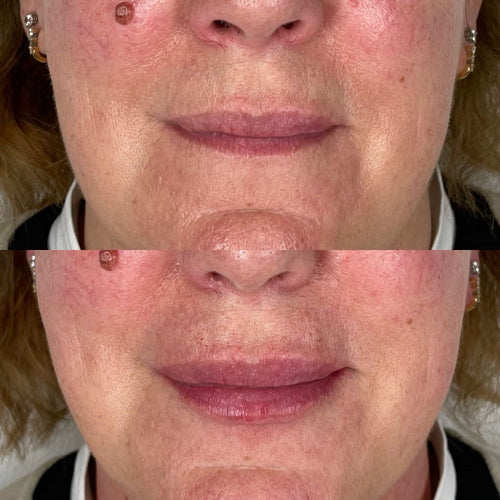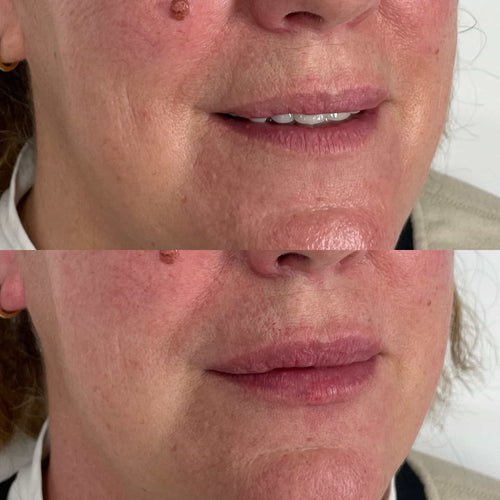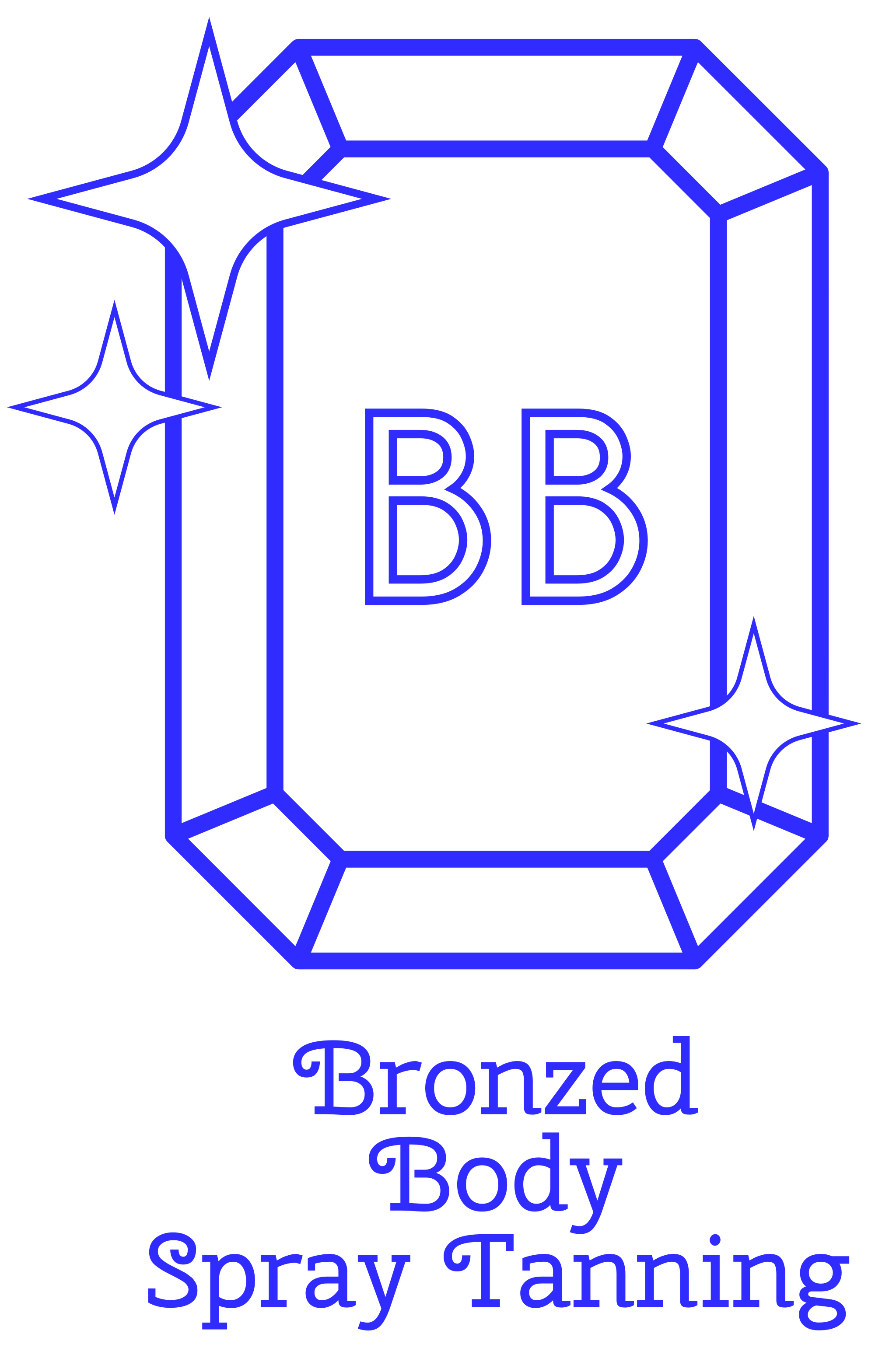Schedule Your Dermal Filler Session with Dr. Laura Geige
Understanding Tear Trough Filler Swelling
Causes of Swelling
Tear trough filler swelling is a common side effect that occurs after dermal fillers are injected into the under-eye area to address hollowness, dark circles, and fine lines. It’s important to understand that this swelling is a normal part of the healing process.
The severity and duration of swelling can vary depending on several factors, including:

Individual Factors:

- Age and Skin Elasticity: Younger skin typically heals faster and with less noticeable swelling compared to older, more mature skin.
- Skin Type: People with thinner or sensitive skin may experience more pronounced swelling.
- Overall Health: Underlying medical conditions can affect healing time and potential for swelling.
Treatment Factors:
- Amount of Filler Injected: Larger volumes of filler may lead to more initial swelling.
- Type of Filler Used: Certain fillers are designed to be less likely to cause swelling than others.
- Injection Technique: A skilled injector will minimize trauma to the tissues, reducing the likelihood of excessive swelling.
Other Factors:**
- Recent Sun Exposure: The sun can irritate the skin and contribute to inflammation, potentially increasing swelling.
- Alcohol Consumption: Alcohol can thin the blood and make bruising and swelling more likely.
- Medications: Some medications, such as blood thinners, can increase the risk of bleeding and bruising, leading to more swelling.
Understanding these factors can help manage expectations and provide a better understanding of why swelling occurs after tear trough filler treatments.
Timeline of Swelling Reduction
Tear trough filler swelling is a common occurrence after treatment. It happens because the hyaluronic acid (HA) filler injected under the eyes attracts water, causing temporary puffiness and swelling.
The severity and duration of swelling vary depending on factors like the amount of filler used, the individual’s metabolism, and any pre-existing skin sensitivities.
Typically, initial swelling peaks within 24 to 72 hours after treatment.
During this period, you might experience noticeable puffiness under your eyes that can even extend slightly above the orbital bone.
Many patients find that their tear troughs appear more swollen than usual in the morning due to fluid accumulation overnight.
However, most of the initial swelling subsides within a few days. Within 5-7 days, the majority of patients see a significant reduction in puffiness.
By day 10, much of the remaining swelling should disappear, leaving behind smoother, more defined tear troughs.
In some cases, minor residual swelling can persist for up to two weeks. This is usually minimal and doesn’t affect the overall aesthetic outcome.
To minimize swelling:
- Follow your practitioner’s post-treatment instructions carefully, including any advice on icing or elevating your head.
Avoid strenuous activity and excessive sun exposure for a few days after treatment.
Stay well hydrated by drinking plenty of water.
Managing Tear Trough Filler Swelling
Minimizing Initial Discomfort
Tear trough filler swelling is a common side effect after treatment, but it’s typically temporary and resolves within a few days to weeks.
Here are some tips on managing tear trough filler swelling:
*
Apply a Cold Compress:
Immediately after the procedure, apply a cold compress to the treated area for 10-15 minutes at a time, several times a day. This helps reduce inflammation and constrict blood vessels.
*
Elevate Your Head:
Sleeping with your head elevated can help minimize swelling by reducing fluid buildup in the face.
*
Avoid Strenuous Activity:
Refrain from strenuous exercise or any activity that increases blood flow to the face for a few days post-treatment.
*
Stay Hydrated:
Drinking plenty of water helps flush out toxins and can aid in reducing swelling.
*
Avoid Smoking and Alcohol:
Smoking and alcohol consumption can hinder healing and increase inflammation.
Arrange a Dermal Filler Consultation at It’s Me and You Clinic with Dr. Laura Geige
Minimizing Initial Discomfort
To minimize initial discomfort after tear trough filler treatment:
1.
Discuss Your Concerns with Your Injector: Before the procedure, openly communicate any worries or concerns you have about pain or discomfort. Your injector can recommend strategies for managing it.
2.
Numbness Cream: Topical anesthetic cream can be applied before the injections to help numb the area and reduce pain sensations.
3.
Take Over-the-Counter Pain Medication:
Ibuprofen or acetaminophen can be taken as directed by your injector to manage any mild pain or discomfort.
4.
Cold Compress (as mentioned above):
Lifestyle Adjustments During Recovery
Managing tear trough filler swelling after treatment often involves a multi-pronged approach that combines specific post-treatment care and lifestyle adjustments.
Immediately following your procedure, your injector will provide detailed instructions on how to manage swelling. This typically includes applying ice packs for short periods throughout the day to reduce inflammation. They might also recommend gentle massage techniques to help disperse the filler and minimize bruising.
Arrange a Consultation for Dermal Fillers with Dr. Laura Geige
Sleeping with your head slightly elevated can also aid in reducing fluid buildup in the tear trough area. Avoid strenuous activity and excessive sun exposure during the initial recovery period, as these can exacerbate swelling.
For optimal results, avoid touching or rubbing the treated area. Makeup application should be minimal and gentle for a few days post-treatment.
During your recovery, prioritize hydration by drinking plenty of water. This helps flush out toxins and promotes overall healing.
Nutrition also plays a role. A healthy diet rich in fruits, vegetables, and protein can support your body’s natural healing processes and minimize inflammation.
Be patient. It typically takes several days to a week for initial swelling to subside, though complete resolution may take longer. Avoid picking at any scabs or crusting that might form, as this could delay healing and increase the risk of infection.
Let me know if you want to explore specific aspects of tear trough filler swelling in more detail!
Tear trough fillers are a popular treatment for addressing under-eye hollows, but swelling is a common side effect that can be concerning for patients.
Understanding how to manage tear trough filler swelling is crucial for achieving optimal results and ensuring patient satisfaction.
**Swelling after tear trough filler injections typically peaks within the first 24-72 hours and gradually subsides over several days or weeks.**
Factors influencing swelling duration include the amount of filler injected, individual healing rates, and technique used by the injector.
Here are some tips to help manage tear trough filler swelling:
<
Avoid strenuous activity and direct sunlight exposure for the first few days after treatment.
Apply **cold compresses** regularly to reduce inflammation and promote drainage.
Elevate your head while sleeping to minimize fluid buildup in the under-eye area.
Consider using an arnica cream or gel** topically to aid in reducing swelling and bruising.
Drink plenty of **water** to flush out toxins and support healing.
Refrain from touching or rubbing the treated area as it can irritate the injection sites.
Follow your injector’s specific post-treatment instructions carefully.
If you experience excessive swelling, redness, pain, or other concerning symptoms, contact your injector promptly.
Most patients see significant improvement in their under-eye hollows within a few weeks as the swelling diminishes.
Cycle for Azaylia Cycle for Azaylia Emily Patricia Fae
- When Can I Eat After Lip Filler - December 23, 2024
- Tear Trough Filler Swelling How Long - December 20, 2024
- Jaw Fillers For A Defined Jawline Near Brockham, Surrey - December 19, 2024
